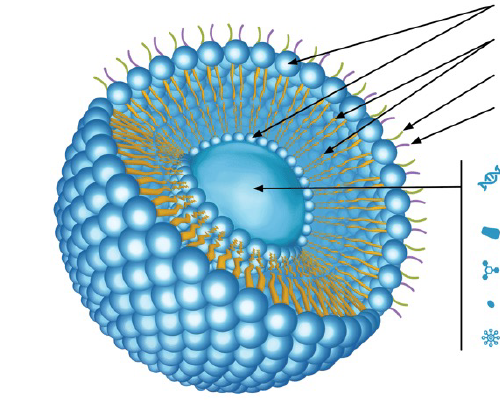What is water fusion?
The most common example is solid ice turning into liquid water. This process is better known as melting, or heat of fusion, and results in the molecules within the substance becoming less organized. When a substance converts from a solid state to a liquid state, the change in enthalpy (ΔH) is positive.
For instance, water has a heat of fusion of 334 J/g at its melting point of 0°C. This means that, at 0°C, xone gram of liquid water must release 334 Joules of energy to completely freeze into ice.
How does fusion technology work?
In a fusion reaction, two light nuclei merge to form a single heavier nucleus. The process releases energy because the total mass of the resulting single nucleus is less than the mass of the two original nuclei. The leftover mass becomes energy.
Why is fusion so powerful?
Abundant energy: Fusing atoms together in a controlled way releases nearly four million times more energy than a chemical reaction such as the burning of coal, oil or gas and four times as much as nuclear fission reactions (at equal mass).
What are the disadvantages of fusion?
A long-recognized drawback of fusion energy is neutron radiation damage to exposed materials, causing swelling, embrittlement and fatigue.
Why is it called fusion?
The noun fusion comes from the Latin word fundere, meaning melt, so fusion is the act of melting things together. In science, fusion is the process of merging atoms together to create energy.
How safe is fusion technology?
Given that a fusion reaction could come to a halt within seconds, the process is inherently safe. “Fusion is a self-limiting process: if you cannot control the reaction, the machine switches itself off,” she added. Furthermore, fusion does not produce highly radioactive, long lived nuclear waste.
What are the 3 steps of fusion?
Nuclear fusion generally follows the basic steps below.
- At least two atoms are heated to very high temperatures.
- The atoms collide with enough force to overcome the Coulomb force (magnetic repulsion) of their two positively-charged nuclei.
- The two atoms fuse together.
What are the two types of fusion?
Fusion reactions are of two basic types: (1) those that preserve the number of protons and neutrons and (2) those that involve a conversion between protons and neutrons.
Of the more than 30 fusion companies in the world, two-thirds are based in the U.S., and most were founded in the last decade," the White House said




